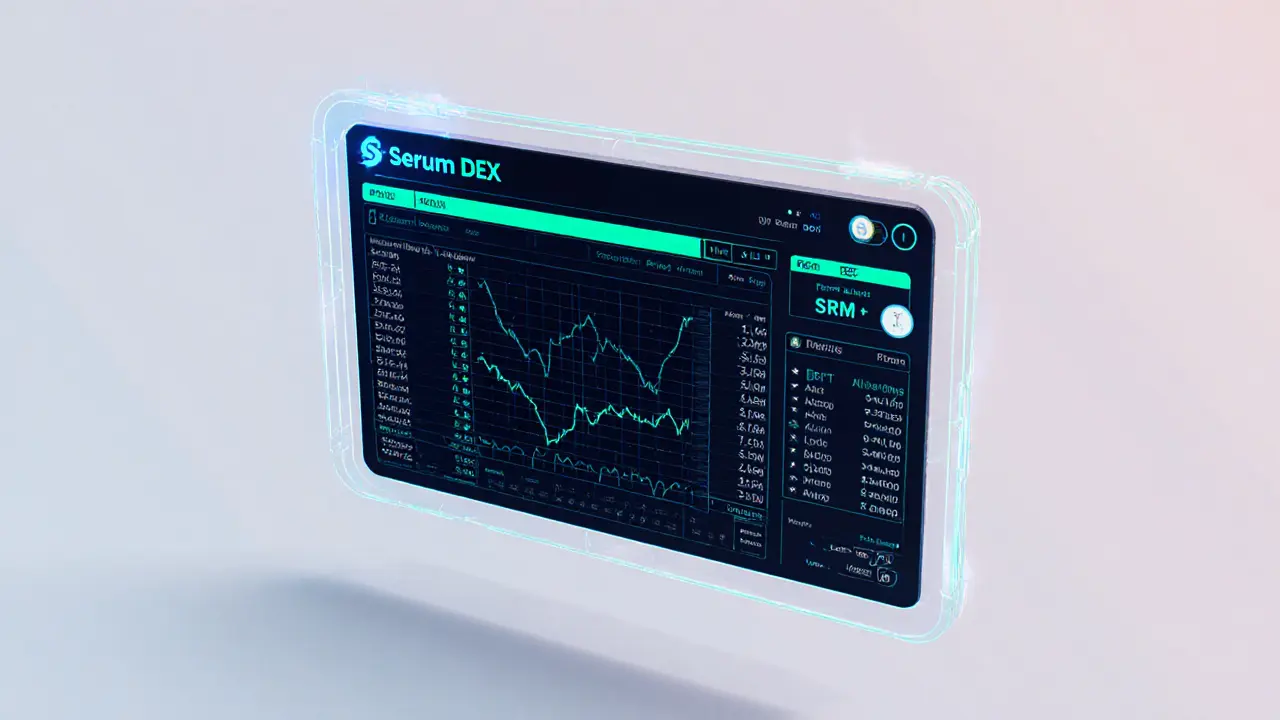Cross-Chain Swap: Moving Tokens Between Blockchains
When working with cross-chain swap, the process of transferring a token from one blockchain to another without a centralized intermediary. Also known as cross-chain token swap, it keeps you in control of your assets while letting you hop across ecosystems.
Cross-chain swap enables users to move value across isolated networks, which in turn expands liquidity options for traders. It requires a secure link between the source and destination chains, often provided by a blockchain bridge. The bridge acts as a trust‑less conduit: it locks assets on the original chain and mints equivalent tokens on the target chain. This lock‑mint pattern creates a one‑to‑one relationship that mimics the original token’s value. A real‑world example is Leonicorn Swap on Binance Smart Chain, which uses a bridge to let users trade BEP‑20 tokens against assets on other networks. The same pattern appears in Glide Finance’s cross‑chain module, where users can jump from Polygon to Ethereum with just a few clicks. Understanding these mechanics helps you avoid hidden fees and security traps before you start swapping.
Why Cross-Chain Swaps Matter
Two key players make cross-chain swaps possible: sidechain, a secondary blockchain that runs alongside a main chain and often offers faster, cheaper transactions and blockchain bridge, the technology that links separate blockchains and handles the lock‑mint process. Sidechains provide a low‑cost environment where users can test swaps before committing larger amounts on the mainnet. Bridges facilitate the actual token movement, handling validation and proof‑of‑reserve checks to keep the system honest. In the DeFi world, DeFi swapping, the act of exchanging tokens within decentralized finance protocols relies heavily on these tools to offer users access to a broader range of assets. Token interoperability means that a token issued on one chain can be represented on another, opening arbitrage opportunities and new yield strategies. Together, sidechains, bridges, and DeFi swapping build an ecosystem where you can trade, farm, or lend without ever leaving your wallet.
Before you dive into the list of guides below, think about the security steps you’ll need: always verify the bridge’s contract address, check audit reports, and compare fee structures across platforms like Gate.io, Darkex, or Palmex. Look for features such as multi‑sig withdrawals or time‑locked releases, which add extra protection. With a clear picture of how cross‑chain swaps, sidechains, and bridges interact, you’ll be ready to pick the right tool for your next trade and avoid common pitfalls. The articles that follow break down each piece in detail, from step‑by‑step swap tutorials to deep dives on bridge security.
Serum Crypto Exchange Review 2025: Is the Solana DEX Still Alive?
A 2025 review of Serum crypto exchange covering its order‑book model, cross‑chain swaps, fees, SRM token status, and whether the Solana DEX is still functional.
VIEW MORE
